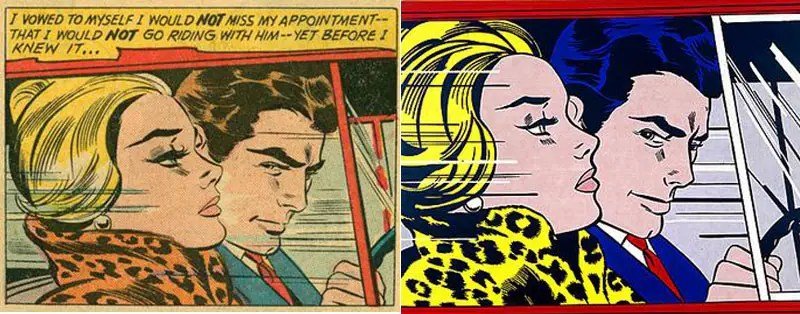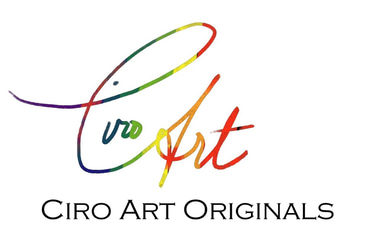Creativity Part One : Originality
2 min read


Creativity Part One : Originality
Creativity, an individual’s ability to produce original and effective work, is a term often misapplied and overstated. As an outsider gaining a new perspectives inside the art world, my understanding of what and who we call creative has changed.
What and who we call creative, in my opinion, is a function of three variables: originality, marketing, and receiver (viewer) experience. As one who is spent much of his life in a “left brain” world and as a newcomer to the art community, my observations may offer a different perspective into what we label “art”.
In parts two and three of Creativity, I will discuss the effect of marketing and viewer experience on what we consider to be creative or original. For example, marketing and branding may link an artist to a particular style or body of work even though others have done the work. Then there’s the issue of celebrity and showmanship rather than the work itself. Success is determined by the number of followers rather than the intrinsic value of the piece. Last but not least, receiver experience and knowledge base may be the major determinant of what is creative. For example, an inexperienced listener may hear a piece of music, believing it is novel when in fact, it may have been copied from preceding musicians.
I ask, is there original thought or is there only the illusion of originality? Our thoughts, arise from conscious or unconscious data absorbed into our brains. We may then form an idea we believe to be novel when, in reality, is just a regurgitated iteration of what has come before. The degree of originality may lie somewhere in a spectrum between outright plagiarism and a “new” thought. The position in that spectrum may be a function of our awareness of where that thought comes from. Even dream-state inspired creations are a mishmash daytime experiences of served to us by others.
Paul McCartney attributed the source of some of his songs (Blackbird for one) to classical music. Signature sounds incorporated in early Beatles music were taken directly from American blues artist. I do not believe George Harrison intentionally copied “He’s So Fine” when he wrote “My Sweet Lord”. But when you listen to the two songs its hard to distinguish one from the other. Picasso notoriously copied distorted faces from African mask art and then said, “Lesser artist borrow; greater artist steal.” Ironically, Picasso stole that quote from Igor Stravinsky later admitted the quote was from T.S. Elliot.
One can loosely use the term inspiration and imagination in place creativity but not so in the case of Roy Lichtenstein and Andy Warhol. Perhaps real creativity lies in self-promotion and marketing rather than creativity of content. “In My Car” illustrated by Tony Abruzzo for D.C. comics and “Ohhh Alright” didn’t even have a name change when copied by Lichtenstein.
Left by Tony Abruzzo, Right Image Roy Lichtenstein
By DC comic artist
Roy Lichtenstein
Creativity for these iconic images are attributed to Lichtenstein not the DC comic artist. They sold for 38 and 42 million dollars respectively.
Andy Warhol has “his” artwork in museums all over the world he has never seen. I refer you to a podcast, Cautionary Tales August 11, 2023. S4 E23 “Andy Warhol’s Factory of Truth.
In the other end of the originality spectrum is art that is inspired by mentors and artistic heroes that have guided the creative hand. Its important to know there is a chain of custody behind every piece we admire.
